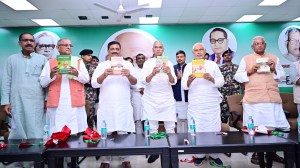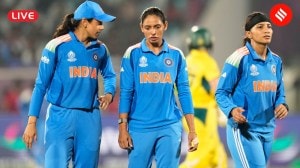Thought for food
There's this farce that happens ever so often in economic policy. The Cabinet, after much agonising, takes a small quasi-reformist step. Pre...

There’s this farce that happens ever so often in economic policy. The Cabinet, after much agonising, takes a small quasi-reformist step. Predictable people start protesting. Their protest makes the government feel it has really done something. The reality — too little has been done, the central problem hasn’t been addressed — is happily forgotten. So it is with the reduction in the monthly PDS grain entitlement and the price increase for families above the poverty line.
The CCEA’s decision will reduce food subsidy, which is of course a good thing. But the reduction next fiscal year will be less than a fifth of the current subsidy bill of Rs 26,200 crore. But the Left has started opposing the move, even though the reduction is small and below poverty line families haven’t been affected. The reality about food subsidy is that the PDS is one of the worst administered programmes in country, full of awfully executed welfare schemes. The bulk of subsidy does not reach poor. The main recipients go to the surplus-producing farmers of five states from where procurement is done at prices set by the government. The whole system is based on the no longer valid assumption that there’s a shortage of foodgrains in the economy. It is in fact an economy where millions of tonnes of foodgrains rot. Food Corporation of India godowns are a horror, in terms of waste and costs.
Therefore, if the political class does insist that targeted food distributions has to continue, it must think of an alternate delivery system. India, as our ministers are so fond of saying, is an information technology power. Why isn’t this strength used to improve subsidy disbursal? Smart cards that allow the poor to buy specified commodities from the market are an IT solution that will cost a fraction of what the PDS set-up costs and will cut out middlemen who steal from the system. Only in Indian politics will such a solution be deemed unworkable.



- 01
- 02
- 03
- 04
- 05



























